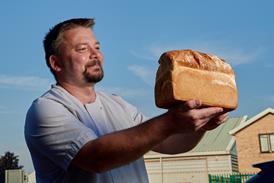‘Eat your greens’

Parents have a good understanding of what constitutes healthy eating, but this is not being translated into the necessary improvements in their children’s diet.
To continue reading, register for free
You are what you read, registration is quick, easy and free. Just click register now and you’ll be finished faster than it takes you to butter a crumpet!
Don’t miss out:
- Unlimited access to content
- Regular newsletters to your inbox
- Save articles to read later on
- A more personalised experience
Already registered? Please log-in here


















